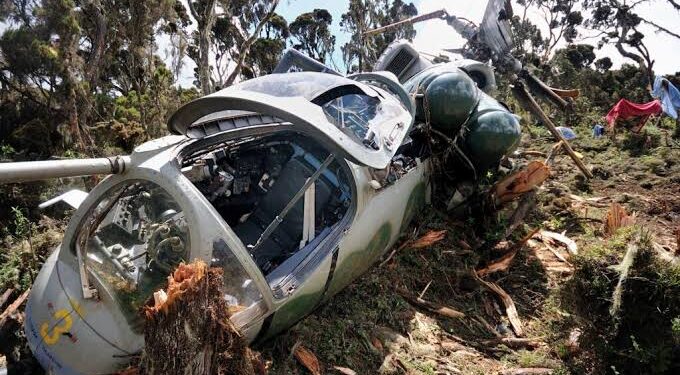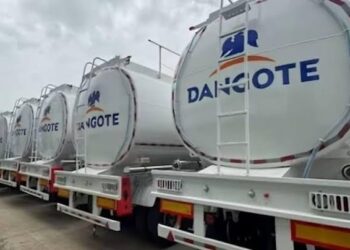After over a year of the shocking demise of the former Access Holdings CEO, Herbert Wigwe, his wife, son, and three others in February 2024, reports by the United States National Transportation Safety Board (NTSB) has concluded that the helicopter crash was caused by pilot error stemming from spatial disorientation.
The tragedy happened after the pilot kept flying under visual flight rules (VFR) into meteorological circumstances that necessitated instrument flight protocols, according to the NTSB’s final report, which was made public on Wednesday.
“The pilot’s decision to continue the visual flight rules flight into instrument meteorological conditions, which resulted in the pilot’s spatial disorientation and loss of control,” was cited as the probable cause of the crash.
It stated the operator had demonstrated “inadequate oversight of its safety management processes”, particularly regarding flight risk assessments, maintenance issue documentation, and pre-departure compliance with aviation regulations.
On February 9, 2024, the crash happened close to the California-Nevada border.
The catastrophe claimed the lives of all six people inside the N130CZ helicopter.
In addition to Wigwe, the victims included Abimbola Ogunbanjo, the former group chairman of the Nigerian Exchange Group Plc, his wife Doreen, and their son Chizi.
Investigators think that while attempting to operate the helicopter under instrument meteorological conditions (IMC), the pilot became disoriented and lost control, crashing into the ground and dying.
“The pilot likely experienced spatial disorientation while manoeuvring the helicopter in IMC, which led to his loss of helicopter control and the resulting collision with terrain,” the report stated.
Notably, the report revealed that a crucial safety instrument, the helicopter’s radar altimeter, was not functional at the time of the flight.
“A company mechanic performed some troubleshooting on the radar altimeter; however, he was unable to rectify the issue, and the radar altimeter remained non-functional,” the report said.
Despite being aware of the malfunction, the pilot and the company’s director of maintenance proceeded with the flight.
According to the mechanic, the pilot and the director of maintenance (DOM) knew that the radar altimeter was broken, but they still left at 1822 to pick up the passengers on the positioning trip.
Additionally, the pilot and the company’s flight follower communicated via SMS after picking up the charter passengers, but the report stated that they “did not discuss the status of the radar altimeter or weather conditions.”




































